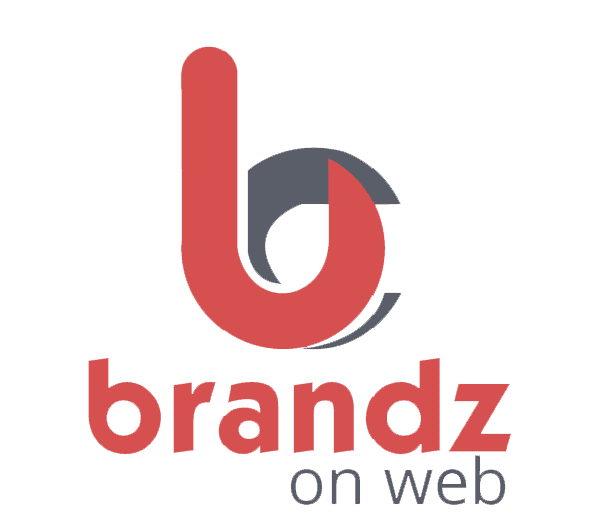
USE GOOGLE ADWORDS FOR BUSINESS FOR IMPACTFUL PERFORMANCE
Google AdWords is a paid advertising platform offered by Google that allows businesses to create and run ads on Google search results and other websites. AdWords allows businesses to target specific audiences based on keywords, location, demographics, and other factors, making it a powerful tool for reaching potential customers and driving website traffic.
AdWords operates on a pay-per-click (PPC) model, meaning businesses only pay when users click on their ad. This allows businesses to control the advertising budget and only pay for traffic that they receive.
TYPES OF GOOGLE ADS:
Google AdWords offers several different types of ads, including:
- Search Ads: These are text ads that appear at the top and bottom of Google search results on pages when users search for specific keywords. Search ads allow businesses to target users based on the keywords they use in their search queries.
- Display Ads: These are image or video ads that appear on websites that are part of the Google Display Network. Display ads allow businesses to reach a larger audience and can be targeted based on demographics, interests, and location.
- Shopping Ads: These are image-based ads that feature product images, prices, and merchant information. Shopping ads appear on Google search results in pages, Google Shopping, and other websites that are part of the Google Display Network. They allow businesses to showcase their products to users searching for specific products.
- Video Ads: These are video ads that appear on YouTube and other video content websites that are part of the Google Display Network. Video ads allow businesses to reach users who are watching videos online and can be targeted based on demographics, interests, and location.
- App Ads: These ads promote mobile apps and appear on apps and websites that are part of the Google Display Network. App ads allow businesses to reach users who are using mobile apps and can be targeted based on demographics, interests, and location.
- Local Service Ads: These ads appear on Google search results in pages when users search for local services in a specific area. Local Service Ads allow businesses to reach users searching for services in their area and can be targeted based on location.Each ad type has its features and targeting options; businesses should choose the type that best suits their needs and goals.
BENEFITS OF GOOGLE ADS
Google AdWords offers several benefits for businesses, including:
- Targeted advertising: AdWords allows businesses to target specific audiences based on keywords, location, demographics, and other factors, making it a powerful tool for reaching potential customers who are most likely to be interested in the products or services offered.
- Measurable results: AdWords provides businesses with a variety of tools to measure the performance of their ads, such as click-through rate (CTR), conversion rate, and cost per conversion. This allows businesses to optimize their ad campaigns and improve their performance.
- Increased visibility: Running ads on Google search results and other websites through AdWords can increase a business’s visibility and drive more traffic to its website.
- Cost-effective: AdWords operates on a pay-per-click model, meaning businesses only pay when users click on their ad. This allows businesses to control their advertising budget and only pay for the traffic they receive.
- Flexibility: AdWords allows businesses to create a variety of ad formats, such as text ads, display ads, video ads, and more. Companies can also choose from various targeting options and adjust their ad campaigns.
- Remarketing capabilities: AdWords allows businesses to target users who have previously visited their website through remarketing, which can increase the chances of conversion and sales.
- Integration with other tools: AdWords can be integrated with other Google tools like Google Analytics, Google Tag Manager, and Google Data Studio to gain a more comprehensive view of the performance of the campaigns.
TARGETING AND GOOGLE ADWORDS
Using AdWords, businesses can create a variety of ad formats, such as text ads, display ads, video ads, and more. These ads can appear on Google search results, Google Maps, Google Shopping, and on websites that are part of the Google Display Network.
Google AdWords offers several different types of targeting options, including:
- Keyword targeting: This allows businesses to target users based on the keywords they use in their search queries. This can be useful for reaching users searching for specific products or services.
- Demographic targeting: Allows businesses to target users based on age, gender, and interests. This can be useful for reaching users who are interested in the products or services offered.
- Location targeting: Allows businesses to target users based on their physical location. This can be useful for reaching users located in a specific area or searching for products or services in a specific area.
- Remarketing: Allows businesses to target users who have previously visited their website. This can be useful for reaching users who have already shown an interest in the business’s products or services.
- Custom audience targeting: Allows businesses to target users based on their browsing and purchase history, email and phone numbers, and other engagement with the business.
- In-market audience targeting: Allows businesses to reach users actively researching or comparing products or services in a specific category.
- Life events targeting: Allows businesses to reach users experiencing specific life events, such as getting married, having a baby, or moving to a new home.
- Interest targeting: Allows businesses to reach users based on their interests, such as hobbies, lifestyle, and entertainment preferences.Businesses can use these targeting options individually or in combination to reach the most relevant audience for their products or services.
AdWords also provides businesses with various tools to measure their ads’ performance, such as click-through rate (CTR), conversion rate, and cost per conversion. These metrics can be used to optimize ad campaigns and improve their performance.
How do I set up a Google AdWords account?
Setting up a Google AdWords account is relatively easy. Go to the AdWords website and sign in with your Google account. Follow the prompts to set up your account, including entering your billing information. Once your account is set up, you can create your first ad campaign.
How do I set up a campaign on Google AdWords? Setting up a campaign on AdWords involves:
- Creating an account.
- Creating ad groups and ads.
- Choosing targeting options such as keywords, demographics, and location.
Advertisers will also set a daily budget for their campaigns and choose the payment method. AdWords provides a step-by-step guide on setting up a campaign and various resources to help users get started.
How do I choose the right keywords for my AdWords campaign?
Choosing the right keywords for your AdWords campaign is essential for reaching the right audience and getting the most out of your ad budget. AdWords provides a Keyword Planner tool to help you find the right keywords based on your business and audience.
How can I track the performance of my AdWords campaigns?
AdWords provides businesses with various tools to measure their ads’ performance, such as click-through rate (CTR), conversion rate, and cost per conversion. These metrics can be used to optimize ad campaigns and improve their performance. Additionally, you can integrate AdWords with Google Analytics to gain a more comprehensive view of the performance of your campaigns.
